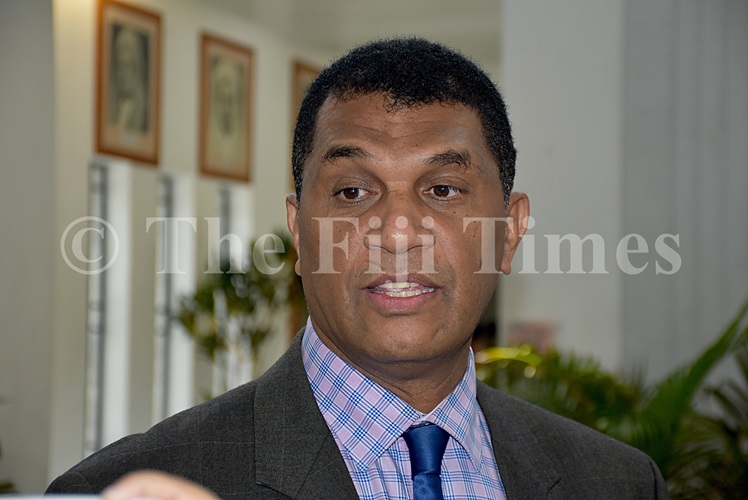
The hot issue the past week was the policy interest rate cut by the Bank of Thailand on Wednesday. The move surprised the market, with the SET index surging 20 points that afternoon. On Friday it pushed above 1,500 for the first time since August 2023.
Most market participants were not expecting the Monetary Policy Committee (MPC) to make a move until its last meeting of the year in December. But the 5-2 vote in favour of a cut of 25 basis points (bps) sent a clear signal. As a consequence, rate-sensitive stocks soared across the board including finance, asset managers, property and energy plays.
Easing monetary policy also caused the baht to weaken after steep appreciation earlier. We expect the index this week to move sideways up, capped by psychological resistance at 1,500 points (plus or minus 15 points). Following the recent blue chip-driven rally, technical signals are tightening while second-, third- and fourth-tier stocks will likely gain more trading interest.
However, earnings releases by banks that started late last week and continue into this week will likely turn market attention towards third-quarter results of listed firms, particularly those in the real sector. We anticipate the return of two trends: a shift towards individual company plays from investment themes, and more diverse stock selection or wider market breadth. The latter will offer better opportunities to seek alpha returns during earnings season for firms with robust or better than expected results, as well as those with poor results that have showed signs they bottomed out and have potential to recover.
Looking at positive narratives, we put more weight on the interest rate cut. We see about a 50% probability the MPC will cut the benchmark rate one more time (by 25 bps) to 2.0% in December, seeking to cushion the impact of an economic downturn amid slowing exports in the fourth quarter and to mitigate an adverse effect from baht appreciation.
Ultimately we expect the rate to be cut two or three more times to 1.75% by mid-2025 and to stay at that level, close to where it was before the pandemic. As the rate cut took place two months earlier than we expected, 2024 earnings of banks will be affected by a mere 0.
6%. However, the move will bolster sentiment for private investment, which will be positive for the loan growth of major banks such as BBL, KTB and KBANK. CHEAPER FUNDING COSTS Sentiment for other key financial plays -- MTC, SAWAD, TIDLOR, JMT, BAM and CHAYO -- will also be lifted as it will help reduce their core cost of funds, although the fundamental impact will be gradual in tandem with the rollover cycle of debentures.
We also foresee better than expected control of non-performing loans (NPLs) in the title loan segment, especially after TISCO reported a steady NPL ratio for title loans when it released earnings early last week. Fundamental plays are also key targets as they will likely benefit from a future drop in finance costs, improving yield gap and potential target price upgrades due to lower discount rates. BGRIM, GUNKUL and GULF are three top picks that will likely gain from these factors.
In the transport sector, BEM and BTS will not benefit much from a rate cut as most of their debt carries fixed rates. However, easing rates could provide upside to fundamental value from a lower discount rate. The rate cut will provide support for property plays in terms of the yield gap and higher rental rates.
Dividend yields this year are projected at around 5-6%. With the proportion of debts with fixed and floating rates among property developers at around 1:3, the rate cut will provide 1-2% upside to our 2024 earnings forecast. Meanwhile, ERW will be the biggest gainer among tourism plays as all its debt carries floating rates, followed by AWC and CENTEL.
Among negative factors, risk remains for a US (and global) economic slowdown. We see three potential warning signs: US purchasing power may be weaker than it appears. Despite healthy retail sales, growth derived mainly from consumption goods, while that of durable goods contracted.
Restaurant sales and credit card default rates showed negative signals, implying risk of an economic downturn. Signs are emerging that semiconductor sales may peak soon as the year-on-year growth rate is approaching a historical high. In Taiwan, the Electronic and Optical Manufacturing purchasing managers' index is entering the contraction zone.
US stocks are in complacency mode as investors hold more cash. The BofA Global Fund Survey remains at an excessively low level while investor confidence remains high. Thus, there is a risk that global stocks may reverse if any negative leads hit the market.
.














